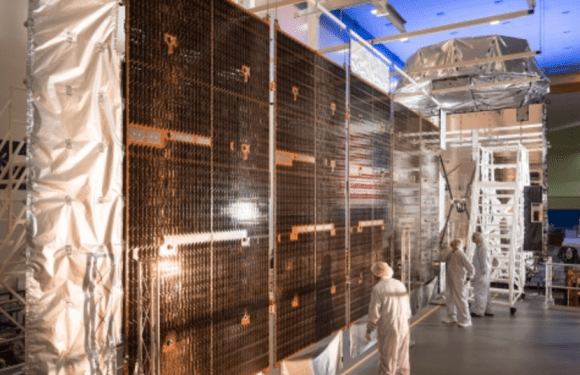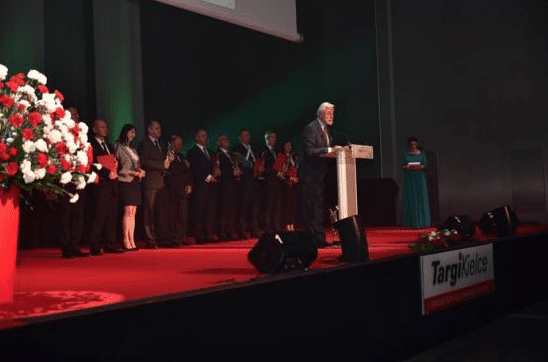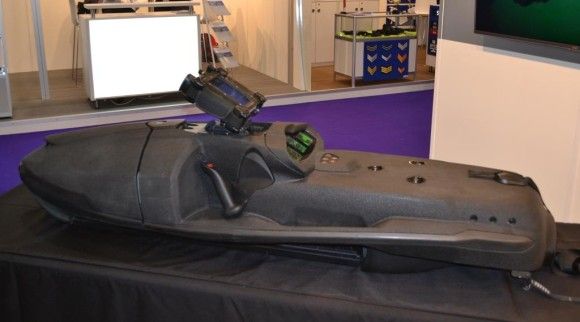Wisła Programme: Transfer of Technology - Three Domains of Key Importance [ANALYSIS]
Procurement of the Wisła air/missile defence system is the most expensive programme of the Polish Armed Forces Technical Modernization Plan, with its budget defined at the level of PLN 30 billion. A major portion of the aforesaid amount is to be received by the Polish defence industry companies, including the Polish Armaments Group, should the potential of those be properly accommodated.
According to the assumptions of the LOR (Letter of Request) document transferred to the United States, Poland is willing to acquire eight Patriot system batteries, paying no more than 30 billion zlotys. The above means that the Polish Armed Forces, within the least expansive battery structure variant, would obtain 16 weapons control radars and 48 missile launchers.
According to what has been declared by the Polish MoD, Poland has resigned from acquiring the PAC-2 GEM-T (Guidance Enhanced Missile-Tactical) missiles, to procure the PAC-3 MSE (Missile Segment Enhancement) effector instead. The missiles in question are characterized by an expansive combat envelope, but their cost may be seen as a disadvantage. Thus, the Wisła system is going to include a second “low-cost” SkyCeptor intercepting missile that is to be developed with involvement of the Polish PGZ Group.
The Polish MoD assumes that an amount of around 30 billion zlotys would be spent within the Wisła programme. Moreover, an assumption has been made to make sure that the industrial agreements and arrangements included within the framework of the contract would see at least 50% of the Polish industrial potential involved in the project. The domestic entities need to be involved in the process of creating the key elements of the air defence systems, such as missiles or the C2 solution. Whereas equipping the air defence systems with vehicles, power supply units or even the preliminary detection radars (developed by the domestic industry within the scope of the projects pursued by the National Centre for Research and Development), which is planned, would not be enough to secure this degree of involvement for the Polish industry.
In order to meet the assumptions made, the Polish industry shall obtain solutions related to acquisition of technologies applicable in case of the three most expensive battery elements: multifunctional weapons control radar, IT C2 system and missiles. In the former case, this would translate into collaboration within the scope of initiating GaN radars components production in Poland. In the latter case - a need to initiate production of the cheaper SkyCeptor missiles.
SkyCeptor - Within Reach for the Polish Industry
The Raytheon company has proposed that Poland manufactures and conducts further development of the SkyCeptor missiles which come in a form of one of the versions of the Stunner missiles that is being offered within the Polish programme. The said missile is also being utilized within the Israeli David’s Sling system. Stunner missile has been manufactured since 2016 now, by the Israeli Rafael company, it is a technically sophisticated missile that is capable of acting as a countermeasure against cruise missiles or even against a variety of short range ballistic targets. Meanwhile, SkyCeptor is to be much cheaper than the PAC-3 MSE missiles.
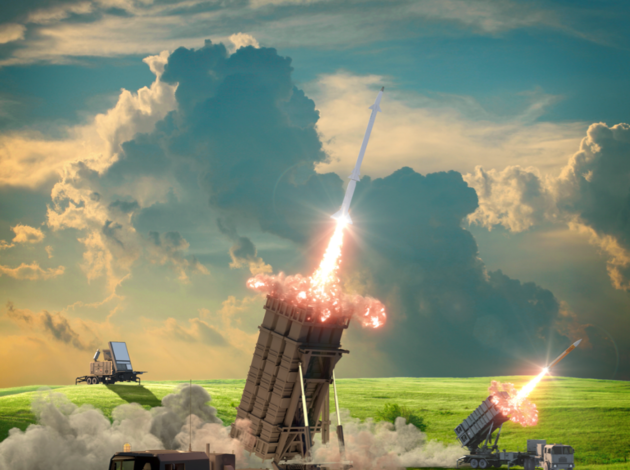
Raytheon has obtained an approval of the US and Israeli governments to transfer at least some of the missile-related know-how to the PGZ companies. Development of the SkyCeptor missile would mean that Stunner is tailored to the Polish requirements and NATO standards, and integrated with the Patriot system. The task is ambitious, but finalization of this process would give Poland hope to sell the “low-cost” SkyCeptors to other NATO member states that are willing to modernize their air defence systems.
The transfer of the missile-related technologies is a major opportunity for the PGZ companies. The programme may involve, among other entities, Mesko, Grudziądz-based WZU [Military Armament Works] facility or the PIT-RADWAR company.
We have also decided upon capability to manufacture the low-cost SkyCeptor missile. We want to make use of this technology, especially with regards to propulsion, with regards to optronic sensors in other programmes that are tied to usage of the missiles and that are going to be pursued by us too. It is very important that we want to manufacture these missiles here, within our territory, and obviously, to enter other markets, external markets, obviously with the Raytheon company being involved as the main provider of the capability, so that we can become a partner in the global marketplace.
The need to establish a manufacturing potential for the SkyCeptor missile has been referred to by the Director of the Offset Agreements Bureau of the Polish Ministry of Defence, General Stanisław Butlak, during this year’s debate on the air defence solutions organized by Defence24.pl at the MSPO International Defence Exhibition in Kielce this year. The General has stressed the fact that the transfer of missile technology would serve goals reaching beyond the scope of the Wisła programme, also enabling Poland to pursue other programmes in which missile technologies are required or even to stay active on the export markets.
We know that the SkyCeptor missile remains one of the solutions taken into account within the Narew air defence programme. The key role may be played here by the scope of the permissible transfer of technology, especially at the second stage of the Wisła procurement procedure. From the Polish point of view it would be optimal to gain access to such technologies, to a degree allowing Warsaw to independently develop e.g. the guidance systems.
It shall be remembered that acquisition of the missiles would also constitute a relevant portion of the programme costs. Here we are referring to at least couple of hundred missiles for the Wisła initiative, and even a greater number tied to the Narew SHORAD system. One needs to take it into account that in the former case, eight batteries are planned to be procured (16 fire units), while in the latter case, 19 batteries are to be acquired (38 fire units).
Alongside the conflict reserve, procurement of training and test missiles, or even an MLU programme, would also be required. It should also be pointed out that a possibility could emerge to increase the quantity of the manufactured missiles, should the level of threat be heightened in the future.
Multi-functional Radar - An Opportunity for the Polish Radar Industry
The prospective radar also bears a significant meaning for the Wisła programme. The first two batteries will probably be delivered with the existing PAC-3+ configured radars, without an ability to detect and track targets within a 360-degrees zone. At the same time, the remaining systems are to utilize new GaN radars, with that technology being transferred to Poland and potentially - being possible to use in other radar systems.
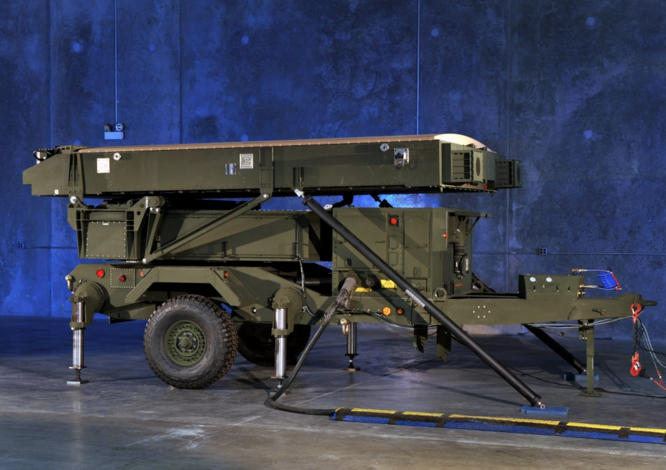
The Polish Ministry of Defence assumes that the new systems shall also receive a package of 360 degree coverage radars identical to the ones selected by the US in the Lower Tier Air and Missile Defense Systems programme. The US Army, up until today, has not selected the final radar for its air defence system.
This is one of the reasons for which the memorandum signed between the US and Poland divides the Patriot procurement into two stages. The LOA related to the first phase of the programme is to be received by Poland until the end of this year, meanwhile the second stage proposal is scheduled to be created until the end of 2018.
So far, the US Army is considering three radar proposals, including:
-
A modernized Patriot system radar with three stationary active antenna arrays with electronically shaped and controlled beam;
-
360-degrees coverage Northrop Grumman radar based on the GaN G/ATOR radar;
-
Lockheed Martin 360-degrees coverage radar based on the AESA ARES demonstrator, featuring a variety of Lockheed Martin’s radar technologies.
In each and every case, a chance exists to acquire the GaN technology which, at a later stage, would make it possible to develop own radars. Not only would such systems be usable in case of the second batch of the “Wisła” programme systems, but also with the “Narew” SHORAD batteries. The very same technology could also be utilized within programmes that are not directly related to air defence, such as battlefield surveillance radars or electronic warfare solutions.
This would be a major leap for the Polish industry, technology-wise, since GaN, in comparison with the GaAs technology, offers much better specification with regards to temperature of operation, power and efficiency. The above means, for example, that if an identical antenna array size and cooling system is used, the transmitter power used may be three- or four-fold higher.
The greater signal power is automatically translated into a greater range, higher probability of detecting small targets at the required distance, and a greater resistance to jamming. With maximum range of the radar defined, the aperture of the antenna may be smaller.
Poland would probably become the only Central European state capable of manufacturing GaN transmitter-receiver modules and GaN micro-chips, which could make it possible to obtain export orders concerning the radars themselves, along with the specific components of such systems. Not only would the above be of benefit for the PIT-RADWAR company, as other Polish defence sector entities, such as the Military Electronic Works based in Zielonka, could also make a good use of the newly acquired knowledge. We shall also remember that GaN technology is applicable also outside the field of radar detection, e.g. in electric power drives and energy industry.
Command System as a Foundation for the whole Polish IADS
The Polish negotiators were also successful in obtaining the initial approval of the US Government to transfer, within the framework of the “Wisła” programme, the IBCS (Integrated air and missile defence Battle Command System) solution created by Northrop Grumman to Poland. In this way, Poland may receive a product that has not yet been mass produced within the US FMS system (“yockey waiver” status).
It is thus highly probable that the Polish Patriot batteries will be the first ones, outside the US, integrated with the Northrop Grumman IBCS system, selected as a prospective solution by the US military. Moreover, a need exists to integrate all of the aforesaid elements, including the 360 degrees coverage radar that has not yet been selected.
Introduction of the IBCS system in the US Army has been delayed, in comparison with the initial schedule, since the system did not meet the DOT&E 2016 report requirements, with regards to reliability. For example, probability of the system remaining in operation faultlessly for 72 hours has been defined as 6 percent, with a required level of 90 percent, meanwhile the EOC station could be operated, faultlessly, for 16 hours, with 446 hours being required. Software was the main element that has turned out to be faulty.
It shall be noted though that the current plans made by the Polish Ministry of Defence, contained within the July memorandum, take the aforesaid delay into account, while introduction of the IBCS system still remains the main priority for the US Army with regards to the ground-based air defence, which is confirmed by the FY2018 Pentagon budgetary bill, within which a proper delays adjustment is also included. The said system would make it possible to incorporate all sensors and launchers within the IADS, with the use of a variety of sensors and launchers.
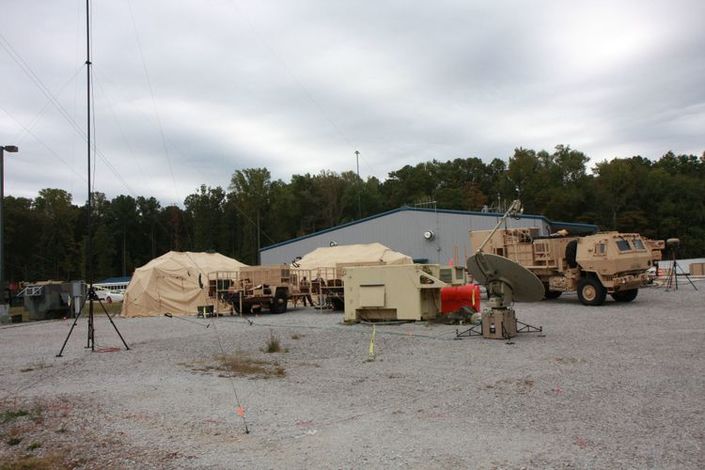
At the moment, the US Army Patriot missile batteries may make use only of their own radars for the purpose of target indication, even in cases when the position of the enemy aircraft is initially defined by other source and this data is transferred via a system of a higher level. Once IBCS is introduced the SAM systems may be used for the purpose of attacking targets indicated by different sensors integrated within the IADS, without a need to maintain rigid battery structure. IBCS reliability is also being continuously enhanced.
Probably, due to the need to introduce the IBCS system and integrate a 360 degrees coverage radar and SkyCeptor effectors in further batteries, a staged approach has been assumed, within the scope of introduction of the Wisła air/missile defence systems in the Polish Armed Forces.
Paradoxically, this may be of benefit, since the industry now would have time to get ready for potential cooperation. Polish Armaments Group has already made the first steps in that direction. Cooperation agreements have been signed with foreign partners, such as the Northrop Grumman company, covering the ICT and C2 systems, as well as surveillance and recce systems, or the GaN radars.
For the Polish industry, the above remains highly important, as IBCS would be the first modular net-centric air defence C2 system of such combat capabilities, to be included in the inventory of the Polish Armed Forces. The said solution could be later used as a springboard for other projects, e.g. fusion of the Wisła and Narew programme, creating so called information-command spine for the air/missile defence, with further blending of the above spine with the C2 systems used by the individual branches of the Armed Forces.
The process may also involve, above all, the companies responsible for integrating the air defence systems and communications network, such as PIT-RADWAR, Grudziądz-based WZU facility, Zielonka-based WZE facility or the Wojskowe Zakłady Łączności nr 1 S.A. entity. As mentioned above, fusion and integration of the Wisła and Narew air-missile defence solutions is of primary relevance here. IBCS system in the US would be used, e.g., for the purpose of integrating the Patriot systems with the Sentinel radars and the prospective IFPC Inc-2I systems, so that they form a net-centric complementary shield together, not as separate structures. In the conditions in which the enemy makes intensive use of countermeasures, that shall be taken into account when speaking of Central-Eastern Europe, such solution is indispensable for conducting a successful defensive operation.
The medium range air defence programme pursued by Poland, Wisła, that is the largest and the most expensive project contained within the MoD’s Technical Modernization Plan, may be, to a large extent, finalized by the domestic industry. This would require an intensive organizational, technological effort, preceded by intensive negotiation, and the effort in question shall be undertaken both by the Polish Ministry of Defence, as well as by the industry.
The scope of the technology transferred in the three areas: AESA GaN radars, missiles and command system; would be the primary factor that is to define the scope of involvement of the Polish industry in the Wisła programme. Moreover, this would also be a decisive factor within the scope of determining whether procurement of the medium range air defence system will be a developmental stimulus for the Polish defence industry and for the domestic economy, thanks to the fact that a lot of funds would be used domestically and through creation of new export abilities.


